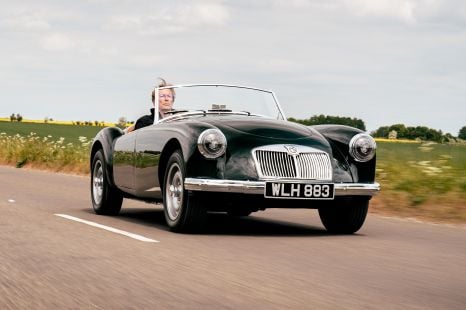

Angus MacKenzie
6 Days Ago

Contributor
Tesla no longer lives in a niche corner of the Australian new car market.
UPDATE, 01/02/2022 10:30am – The Australian Electric Vehicle Council has released an updated set of numbers for Tesla sales in 2021. Rather than the 15,054 Model 3s it originally claimed were sold, the EV Council says 12,094 were delivered for 2021.
“Due to a human error, the Tesla delivery figures for 2020 were erroneously added to the delivery figures for 2021 by Tesla before the figure was provided to the EVC,” an EV Council spokesperson said.
“So instead of 15,054 Tesla Model 3 deliveries in 2021, the figure reported should have been 12,094.
“Correcting the total Tesla deliveries (all models) reduces the total number of EVs delivered in 2021 from 24,078 to 20,665.”
The copy in this story has been adjusted to reflect the new numbers, our headline remains unchanged. CarExpert apologises for the error.
Sales figures provided by Tesla to the Australian Electric Vehicle Council claim it sold 12,144 cars in Australia in 2021, placing it 19th on the sales charts behind Audi (16,003 deliveries) and LDV (15,188 deliveries).
The result saw Tesla leapfrog established brands such as Lexus (9290), Skoda (9185), and Volvo (9028).
Tesla does not report sales to the Federal Chamber of Automotive Industries for VFACTS. This is the first time the brand has officially shared its sales results for Australia – previous reports have relied on a patchwork of data from state and territory-based registration authorities to paint a picture of sales.

CarExpert has reached out to Tesla to ascertain the methodology it’s used for reporting sales, and will update this story if it responds.
VFACTS data used for the non-Tesla figures reported in this story are based on vehicle deliveries.
The vast majority of Tesla sales (12,094) were the Model 3 mid-sized sedan. As was the case in Europe, it was Australia’s best-selling electric car.
The ageing Model S sedan and Model X SUV were niche players by comparison, with 15 and 35 reported sales respectively.
REVIEW: “Forget about a good electric car, the Model 3 Long Range is an excellent mid-sized sedan.”

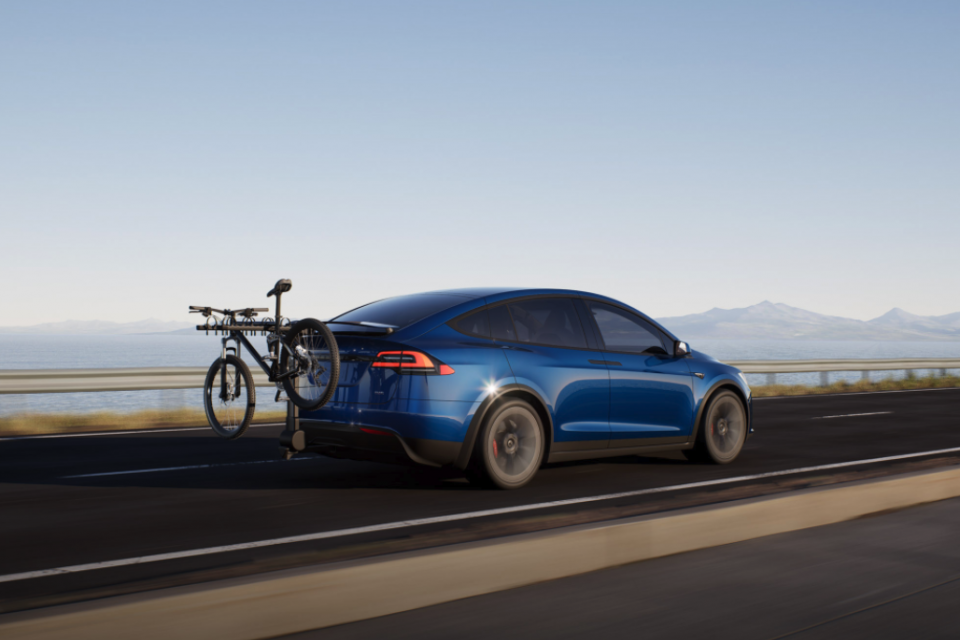
With the Tesla numbers factored in, electric car market share in Australia finished 2021 at 1.95 per cent. Although that’s a small slice, it represents a significant jump over the 0.78 per cent share EVs held in 2020.
EV Council CEO Behyad Jafari said the success of the Model 3 shows “we don’t have a demand problem, we have a supply problem” when it comes to electric cars in Australia.
More established brands have struggle to secure supply of their Model 3-rivalling electric cars from head office, despite buyers lining up to get behind the wheel.
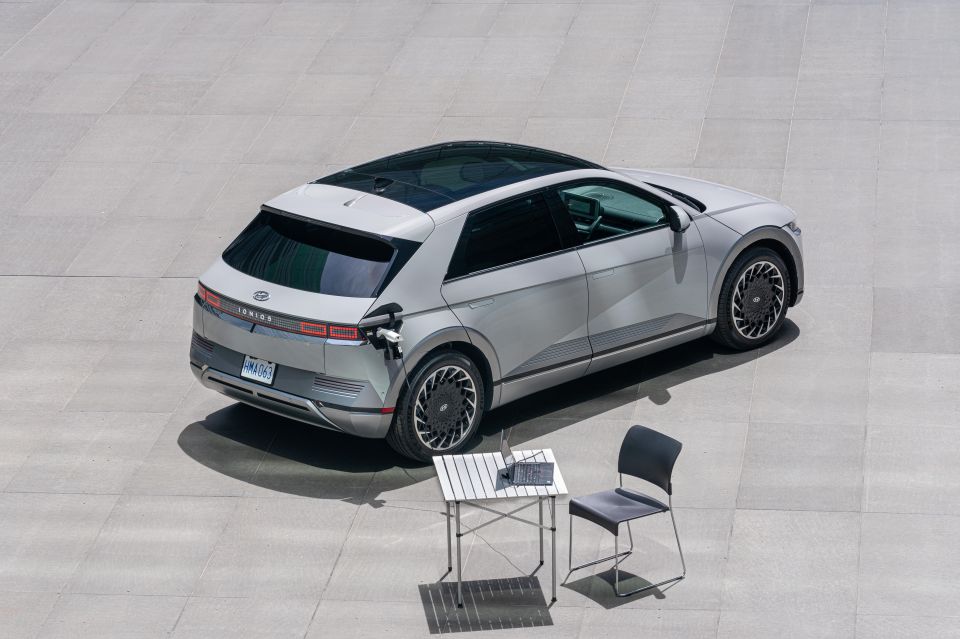

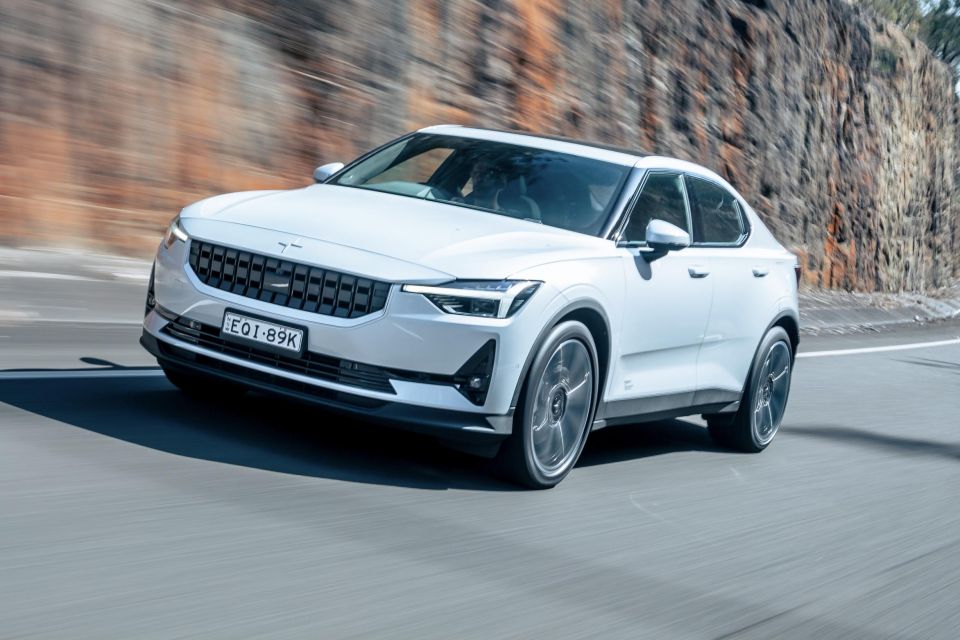

Demand has outstripped supply of the Hyundai Ioniq 5, Kia EV6, and Volvo XC40 Recharge Pure Electric, and the likes of Ford, Skoda, and Volkswagen have failed to bring any stock of their flagship electric cars Down Under thus far.
The Model 3 is constantly on sale in Australia, although wait times have currently blown out to at least 14 weeks across the range.
Tesla will almost certainly shoot further up the sales charts – and electric market share will grow further – when deliveries of the Model Y SUV kick off.
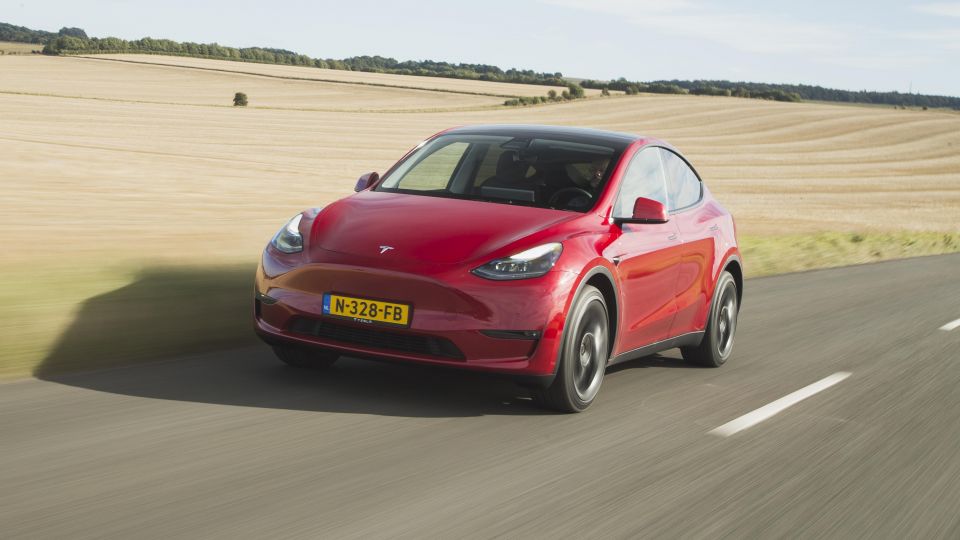

Not only is the Y a bigger, more practical car than the 3, its mid-sized SUV body means it’s competing in one of Australia’s most popular new car segments.
It’s not yet clear when the Model Y is due Down Under, but Tesla is expected to offer a choice between 62.28kWh and 82.8kWh battery packs when it arrives in Australia.
Tesla shipping tracker VedaPrime shared the details on its Twitter account ahead of the car’s local launch, expected sometime in 2022.
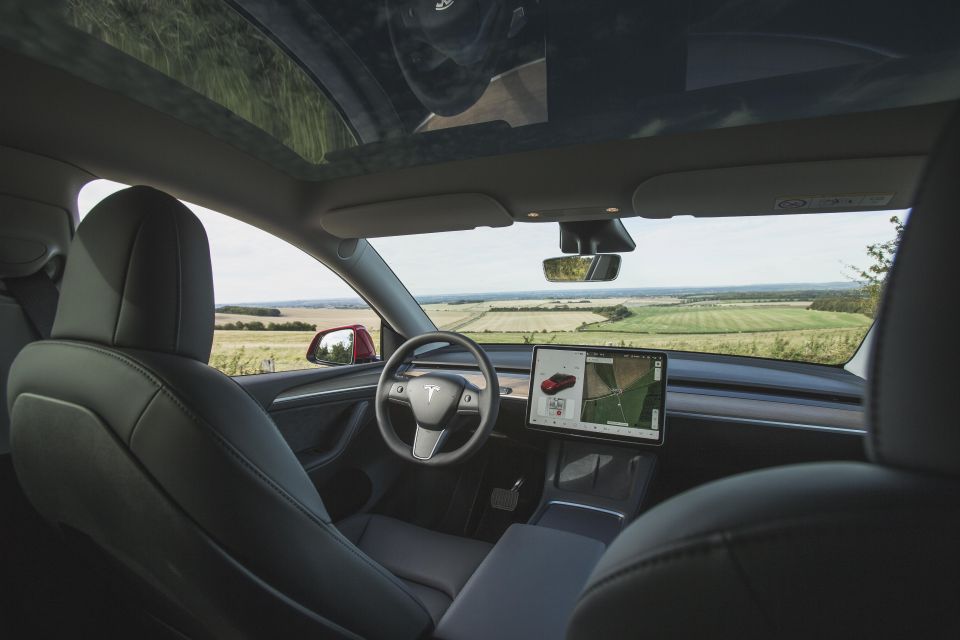
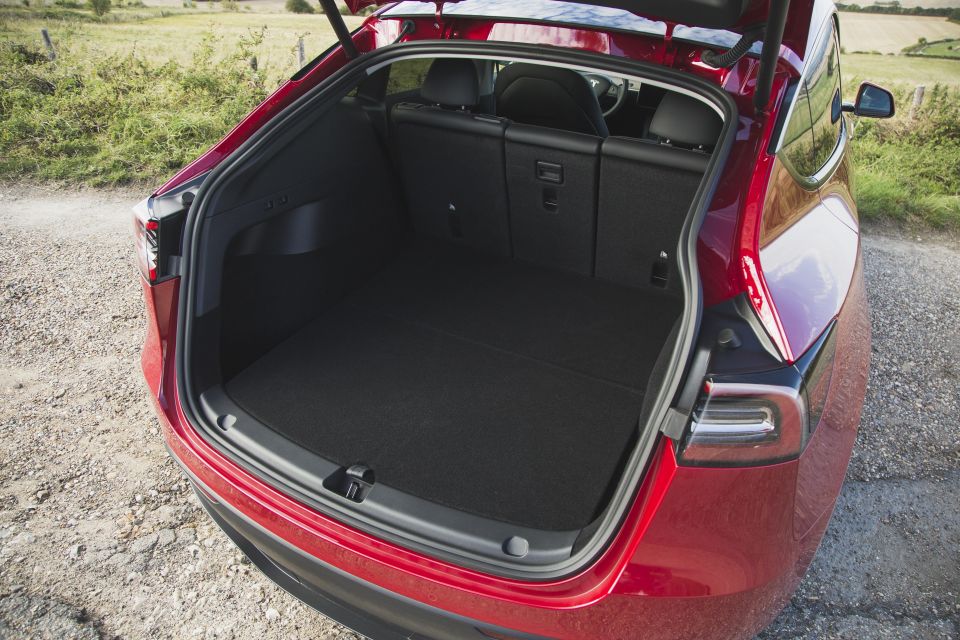
The smaller of the two batteries will be used in the Standard Range, with the larger battery reserved for the Long Range and Performance.
Towing capacity is rated at 750kg unbraked and 1600kg braked across all three variants, while the Performance will come with 21-inch wheels and the others 19- and 20-inch wheels.
CarExpert reported in September 2021 the Australian Government has approved it for sale, with the approval documents listing various pieces of information.
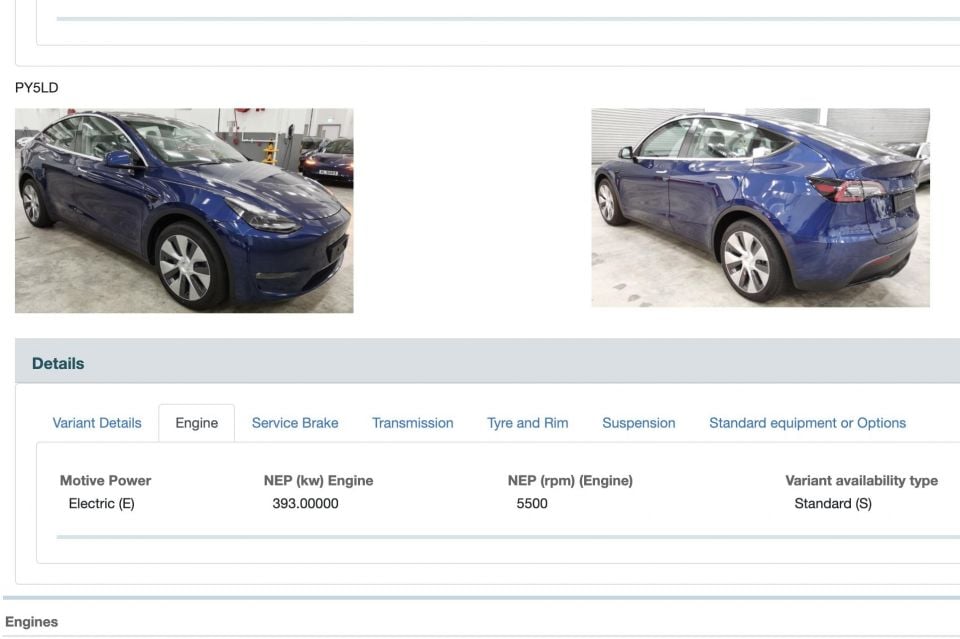
Tesla is notoriously tight-lipped when it comes to power and torque figures, but these approval documents listed outputs of 255kW, 378kW and 393kW for the three variants.
In the US, the Model Y is available in two dual-motor all-wheel drive variants – Long Range and Performance – while the Chinese-market line-up also includes a Standard Range rear-wheel drive version.
Tesla Australia claims electric range of 505km and 480km, respectively. That’s quite a bit down from the Model 3 Long Range AWD and Performance’s claimed WLTP figures of 580km and 567km.
MORE: Australia’s best-selling non-Tesla electric cars MORE: VFACTS – Australian new car sales wrap for 2021
Take advantage of Australia's BIGGEST new car website to find a great deal on a Tesla.
Scott Collie is an automotive journalist based in Melbourne, Australia. Scott studied journalism at RMIT University and, after a lifelong obsession with everything automotive, started covering the car industry shortly afterwards. He has a passion for travel, and is an avid Melbourne Demons supporter.


Angus MacKenzie
6 Days Ago
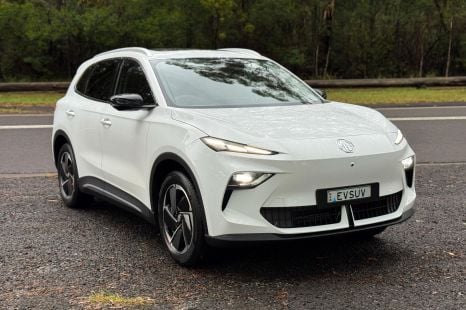

Matt Campbell
5 Days Ago
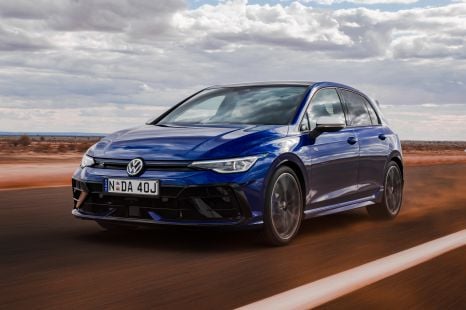

James Wong
3 Days Ago
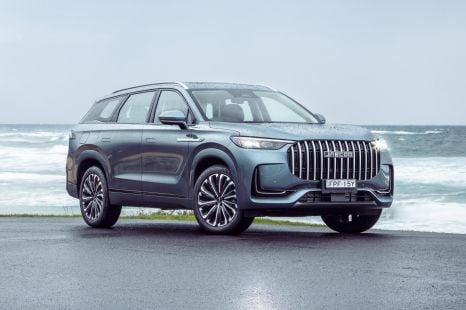

William Stopford
2 Days Ago
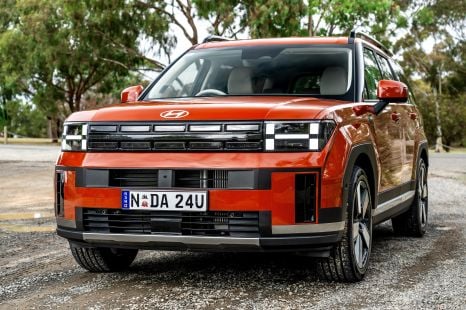

Max Davies
2 Days Ago
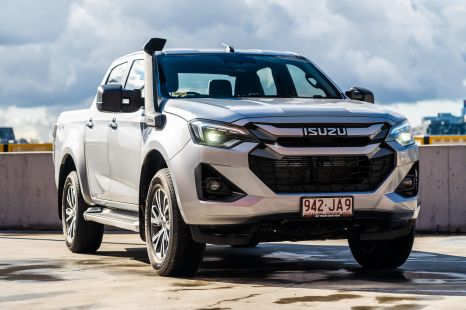

Max Davies
17 Hours Ago